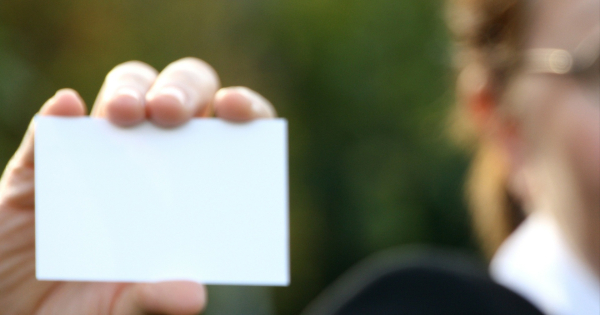As we usher in the second decade of the 21st century, the main focus for businesses has been on digital marketing. People can now communicate through social media and smartphones.
So, does your company still need business card printing? Would the new digital systems suffice as a convenient means of communication? Before looking into the answers, here are some numbers to reflect on:
- According to studies 85% of customers live or work within a 5-mile radius of your business.
- 9% of paper card recipients are likely to include the information into their digital list.
As we’ll see, the uptake of digital technology will not diminish the tradition of exchanging contacts through business cards. Instead, let’s see how it will change how they are used even as people adapt to the current technological advancements.
Establish a Personal Connection
There is something about the physicality of business cards that establishes that personal connection. They are quite small, which means your recipient has to be physically close to you. Also, because it is a common part of our modern culture, it can serve as a way to break the ice and start a conversation.
Today, Sending an email, or using a platform like LinkedIn is acceptable as formal means of communication. But in a face-to-face encounter, it is more professional to share your contacts using a business card. Email contacts on paper can get lost in heaps of office stationery.
Another reason why companies still opt for business card printing is that it makes employees feel they are part of an important organization. The card has your official brand colors and logo, with unique colors and styles. To your staff, it is a badge that reinforces their sense of loyalty and duty.
Leave a Memorable and Lasting Impression
It is possible to meet a prospect at a trade show and then exchange names and contacts verbally. You may then look them up later on Linked-In, Twitter, or other social media platforms.
However, that only works if you are a public figure or famous person in your local community. Your prospects may struggle to rummage through other social media profiles, with matching names and details. Therefore, having business cards at your booth display makes it easier to share contacts at events.
Cultural Significance
Social media is increasingly becoming ubiquitous and a convenient form of communication and exchanging contacts. Various innovations such as Bluetooth apps, QR codes, and wearable devices are all in the running to replace business cards.
While this may be true, exchanging business cards is already an established norm. From the older generation and even some millennials, it is expected as part of a formal etiquette in personal communications. Using devices can be confusing since there is no consensus on a digital alternative to the tradition.
Trends in Business Card Printing, to Showcase Innovation
Digital technology has also made business card printing more relevant today. Businesses need to communicate style and professionalism when marketing their products. Advancements in the science of printing have spawned new trends:
- Colorful Fonts and Big Logos: Technologies such as offset custom printing provide a higher image quality that is fast and easy to produce. Designers can now experiment with different types of typographies and hues on the palette. Today, the letters on business cards not only serve as text but also to showcase brand values and culture.
- Minimalist Design: A higher resolution is easier to achieve today, with the current business card printing technologies. Brand designers have taken advantage of it to create logos and symbols with clear cut lines and shapes.
- Variety of Card Stocks: The card stocks you choose will depend on what you are looking for in terms of textures, creativity, and style. Advancements in technology have made it possible to print on a wide range of materials such as vinyl, traditional paper, and fabric.
Bottom-Line
The main purpose of designing cards is to share contacts and leave a lasting impression on your clients and partners. High-quality business card printing incorporates unique designs and colors that will capture the attention of your prospects. Before you proceed with the design and printing process, take time to reflect on what you want your brand to communicate.

